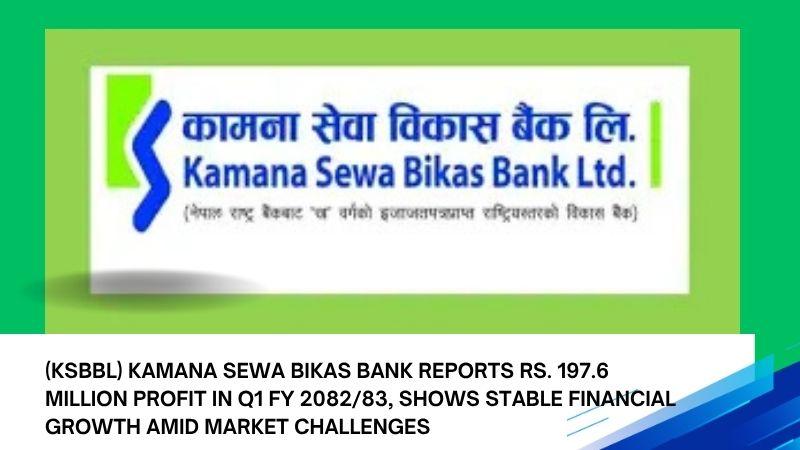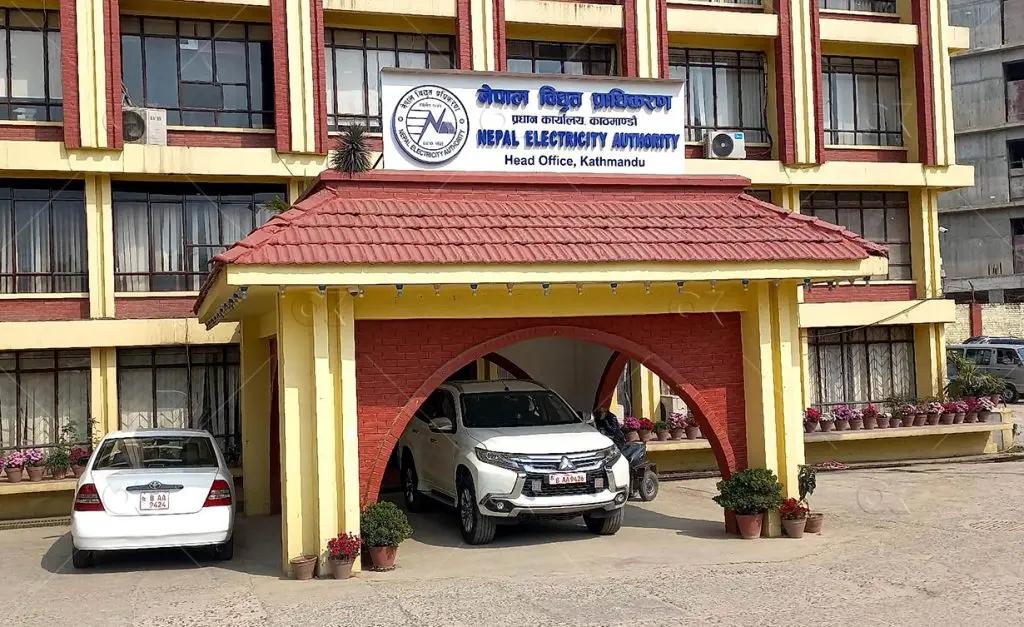By Dipesh Ghimire
RSDC Laghubitta’s Core Income Plummets 30% in Q1, Signaling Sector-Wide Margin Squeeze

RSDC Laghubitta Bittiya Sanstha Limited (RSDC) has released its first-quarter financial results for the fiscal year 2082/83, revealing a significant 19.12 percent drop in net profit. The detailed figures indicate that the microfinance company is navigating severe sector-wide pressures, characterized by shrinking margins and worsening asset quality.
The company posted a net profit of Rs. 21.107 million for the quarter ended Ashoj 2082, down from Rs. 26.098 million recorded in the corresponding quarter of the previous fiscal year. This decline occurred despite a massive reduction in operational expense, pointing toward a fundamental squeeze on revenue generation.
The primary driver of the profit decline was a sharp contraction in the company's core business lines:
Net Interest Income (NII): NII, which represents the profit from lending activities, plunged by 30.04 percent, falling from Rs. 64.081 million to just Rs. 44.832 million. This drastic reduction is directly linked to the narrowing Interest Rate Spread, which tightened from 2.04 percent to a slim 1.73 percent. This indicates that the cost of obtaining funds (Cost of Fund at 5.90%) is rapidly catching up to the yield on loans, confirming intense competition and pricing pressure within the microfinance sector.
Total Operating Income: The total revenue generated from all operations saw a massive decline of 30.61 percent, reinforced by a 41.28 percent drop in Net Fee and Commission Income. This suggests that non-core service income, often derived from guarantee fees and services, has also dried up.
While the company’s operating profit fell by 19.12 percent, the final net profit was shielded by a substantial positive development in loan provisioning. Impairment Charges (provision for bad debts) plummeted by a massive 75.80 percent, from Rs. 17.714 million to just Rs. 4.287 million.
However, this lower provisioning does not reflect improved asset health; rather, the data shows that asset quality has sharply worsened:
Non-Performing Loan (NPL) Ratio: The NPL ratio, a crucial measure of asset health, jumped by nearly 2 percentage points, moving from 2.57 percent to an alarming 4.44 percent. This suggests that a larger portion of the loan portfolio is becoming non-recoverable, which will necessitate higher provisioning expenses in subsequent quarters, potentially pressuring future profitability.
Despite the operational challenges, RSDC Laghubitta maintains a financially resilient balance sheet and a strong outlook for its declared dividend.
Capital Adequacy: The Capital Fund to RWA ratio significantly improved, rising from 17.66 percent to 21.57 percent. This high ratio is well above the regulatory requirement and underscores the company’s strong capital base and inherent stability.
Dividend Potential: The company has a high Distributable Profit of Rs. 99.358 million at the end of the quarter. This translates to a high annualized Distributable EPS of Rs. 38.43. This strong reserve position strongly supports the company's recent proposal to distribute a cash dividend to shareholders, offering a reliable return despite the current reduction in profitability.
Book Value: The Net Worth Per Share saw a slight erosion, falling by Rs. 2.41 to Rs. 128.04, reflecting the impact of the lower quarterly earnings on the company's book value.
In summary, RSDC Laghubitta’s Q1 results reveal a successful effort to manage expenses and maintain capital strength, but the data clearly exposes the severe structural pressure on lending margins and the rising risk associated with asset quality within the microfinance industry.









